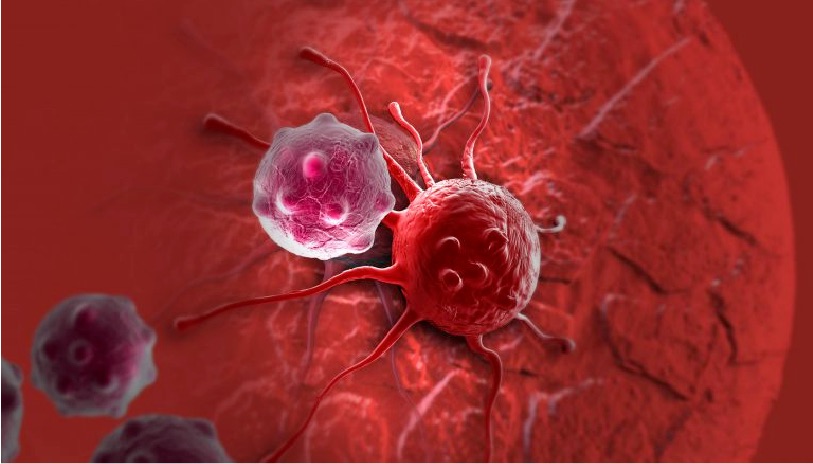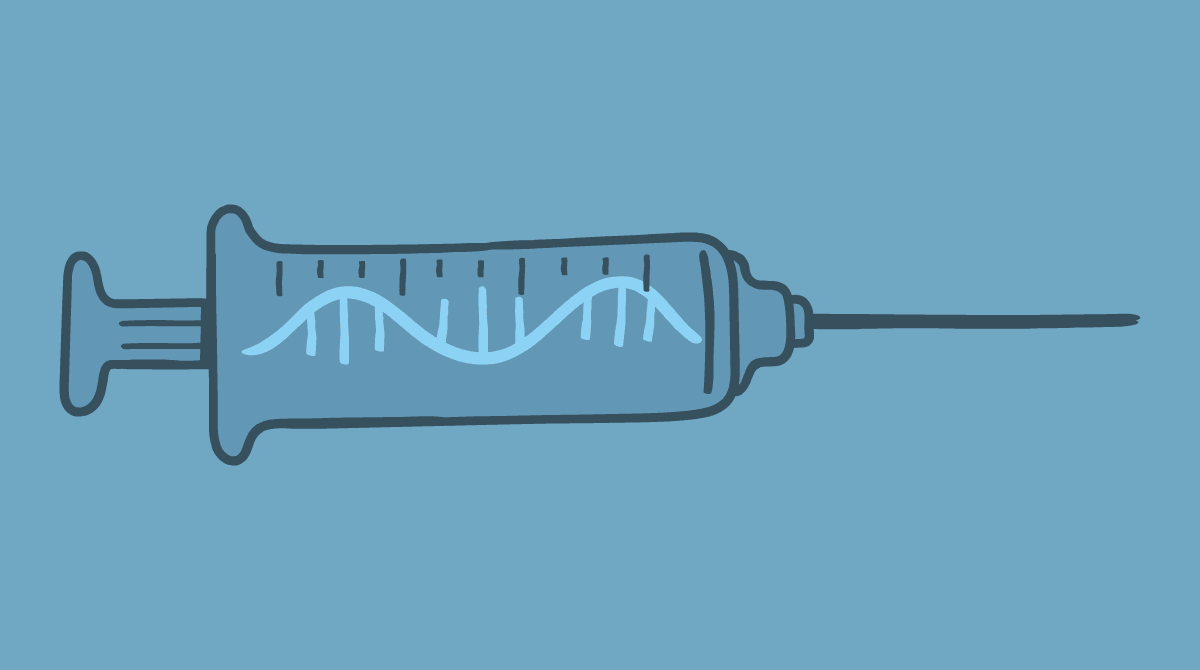There have been many changes in sequencing technology over the course of my scientific career. In one of the research labs I rotated in as a graduate student, I assisted a third-year grad student with a manual radioactive sequencing gel because, I was told, “every student should run at least one in their career”. My first job after graduate school was as a research assistant in a lab that sequenced bacterial genomes. While I was the one creating shotgun libraries for the DNA sequencing pipeline, the sequencing reaction was performed using dideoxynucleotides labeled with fluorescent dyes and amplified in thermal cyclers. The resulting fragments were separated by manual loading on tall slab polyacrylamide gels (Applied Biosystems ABI 377s) or, once the lab got them running, capillary electrophoresis of four 96-well plates at a time (ABI 3700s).
Sequencing throughput has only increased since I left the lab. This was accomplished by increasing well density in a plate and number of capillaries for use in capillary electrophoresis, but more importantly, with the advent of the short read, massively parallel next-generation sequencing method. The next-gen or NGS technique decreased the time needed to sequence because many sequences were determined at the same time, significantly accelerating sequencing capacity. Instruments have also decreased in size as well as the price per base pair, a measurement used when I was in the lab. The long-prophesized threshold of $1,000 per genome has arrived. And now, according to a recent tweet from a Nanopore conference, you can add a sequencing module to your mobile device:
Welcome to the future – DNA sequencing on your mobile phone – imagine where and how you can use it. Hats off to the @nanopore team for getting this to work at this form factor, voltage and watts. https://t.co/Tm6A5fj8M4
— Ewan Birney (@ewanbirney) November 30, 2017
Continue reading “Where Would DNA Sequencing Be Without Leroy Hood?” Like this:
Like Loading...



